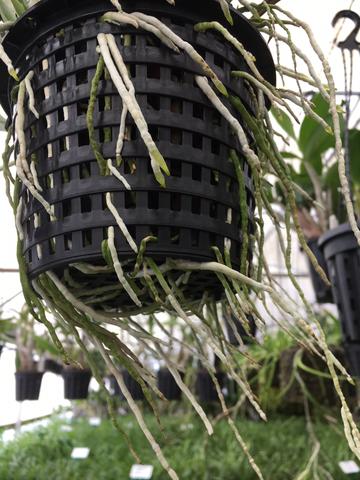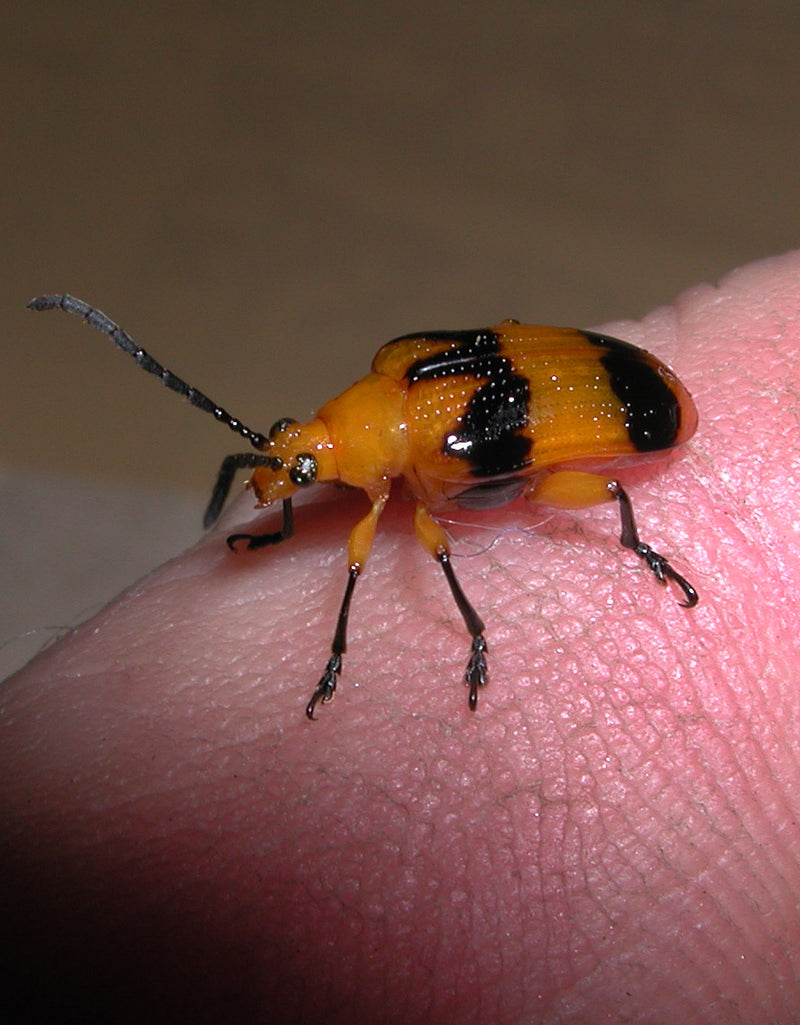DIONAEA MUSCIPULA (VENUS FLY TRAPS)
The most famous carnivorous plant. 

Dionaea muscipula is the only species in the genus.
NATIVE HABITAT: In the U. S. A., in peat bogs, on the border of North and South Carolina, U.S.A., tending more towards the north, is a tiny area where Dionaea muscipula grows.
The habitat fly traps grow in naturally is called the "Savannah", which is a series of raised low islands, ranging in size from 1 to 5 hectares, of which probably no more than 50 of these islands remain in their original condition.
HOW THEY CATCH INSECTS: The trap consists of two halves, not unlike a clam shell. The outer margins are lined with teeth or cilia. A sweet nectar is produced by glands found along the inner base of the teeth that rim the trap. Insects are lured by the nectar to enter the trap. The flat surface inside the traps have 3 trigger hairs on each side of the V. When these are repeatedly touched by insects moving about drinking the nectar, the trap snaps shut. At first, the trap closes loosely, so that the bug can continue to run back and forth within the trap. If the bug is too small, it can escape. If that happens, the trigger hairs inside the trap would not be further stimulated and the trap would reopen in about a day. This is how the plant avoids wasting time trying to digest sticks, rain drops or prey that gets away. But if a bug remains trapped inside, its continued running about would stimulate the trap to close more tightly, and digestion begins. Glands on the inner surface of the lobes begin to secret digestive juices, and the insect drowns in this fluid. The trap stays shut for several days up to 30 days and when it finally reopens, all that remains is the exoskeleton of the insect. Each trap only has a life of about three meals, then the trap and petiole die.
REPOTTING: Use a mixture of 75% Sphagnum peat moss, and 25% propagating sand or perlite. Wet this mix thoroughly through first before potting your plant into it. The best time to re-pot is in the early spring when the plants are just starting to grow. Use a pot to suit the size of the plant, giving it enough room to grow for the following year, but not too big that it dwarfs the plant. The pH of the sphagnum peat moss needs to be about 5.5. TDS (total dissolved salts) should be 0 (zero).
WATERING: See more watering info at bottom of page under "WATER".
Do not ever let your Venus Fly Trap dry out. During Spring, Summer and Autumn sit it in a saucer of water, changing the water frequently. The water should cover the drainage holes of the pot. If your water is good enough to drink straight from the tap, then this is alright to use on your plant. If not you should use either rain, distilled or reverse osmosis water. In winter do not let the plant dry out but don’t leave it sitting in water all the time.
FERTILIZING: Do not fertilize with flies or insects. You will end up killing your plant this way. The plant must enjoy the "thrill of the chase", so that it releases it's digestive juices, to devour the insect.
We feed with a mixture of Seasol and Powerfeed (Powerfeed is made by the same company as Seasol). To one litre of water, we use 4 ml of Seasol and 1ml of Powerfeed. If Powerfeed isnt available, then we just use the Seasol at 4ml per 1 litre of water.
DO NOT use any other fertilisers. We use this mix every 8 weeks from Spring to Autumn either watered onto the growing medium, or poured into the water tray beneath the pot.
LIGHT: Venus Fly Traps require a high level of light. A window sill inside the house that gets morning sun in summer and afternoon sun in
winter is an excellent position. Otherwise you can grow them in a terrarium, greenhouse, glasshouse or porch and some growers grow
them outside in the full weather.
HUMIDITY: Venus fly traps like humidity around 70-90%. A terrarium or glasshouse will provide this. But a warm sunny window sill will give you enough heat for the plant to survive. Venus fly traps don't like temperatures over 35 degrees celcius. Their growth stops at these temperatures and it is very hard to get them started again. Where the fly traps grow naturally, it reaches 40 degrees celcius all through their summer. But the fly traps have finished growing at this time, and the ground is always cool, as they are watered by capillary action from beneath the ground.
DORMANCY: During winter your Venus fly trap will go into their dormancy period. They will stop growing and may even die back to
almost nothing. Do not worry. This is a natural occurrence and the plant must go through this period in order to stay alive and gain
strength to grow their spring traps and flowers. Cut off any dead leaves/pitchers at the base of the plant. In spring the plants will send
up their new leaves/pitchers.
FLOWERING: Dionaea muscipula's flower in spring, and are white. If you want to try pollinating your venus fly trap flower, you need
to hand pollinate the flowers. Do this by taking the pollen off the anther and putting it on the stigma. You have to do this with each
flower as it opens. The seeds take about 3-4 weeks to ripen and can then be planted straight away, or can stay viable for up to one year. The seeds are hard and black when ripened, about half the size of a grain of wheat. Seed production can tire the plant considerably, so if you notice the plant not looking too well, this is why.
PROPAGATION: Division, leaf cuttings, seed, tissue culture.
PESTS AND DISEASES:
APHIDS: result in twisted and deformed new traps. Spray with Malathon.
SPIDER MITE: common in hot dry climates. Spray with a general House and Garden spray or Folimat.
BLACK SPOT FUNGUS: can appear on plants in an overly wet and humid environment. Use a fungicide for control.



























